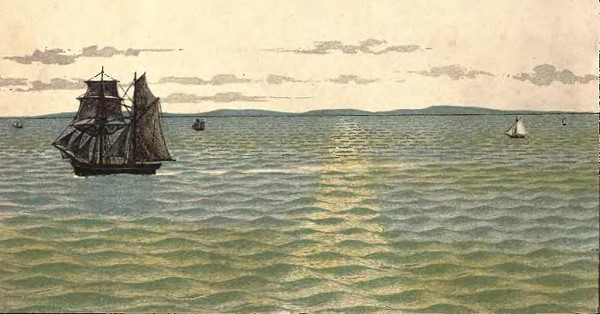In 2003, student Steven Stanzak found that he couldn’t afford to pay for room and board at New York University, so he took up residence in a subbasement of the school’s Bobst Library. He kept his belongings in storage lockers, showered at the gym, and did his homework at a local McDonald’s.
He managed to live this way for eight months. In April 2004, as the NYU student paper was preparing a story on him, the university’s dean asked to see him. Stanzak feared the worst, but the dean told him his initiative was remarkable and gave him a free room in one of the residence halls. “I wasn’t afraid of being thrown out of the library,” Stanzak told the New York Times. “I could have slept in the park. My worst fear was getting kicked out of N.Y.U. I love this school.”
In 2012 entrepreneur Eric Simons lived for two months at AOL headquarters in Palo Alto, Calif., sleeping on couches, eating company food, and exercising in the company gym. He’d received a badge in order to participate in an earlier program and found that the badge kept working when the program disbanded.
“There were so many people going in and out each day,” he told CNET. “They’d say, ‘Oh, he just works here, he’s working late every night. Wow, what a hard worker.'”
A security guard finally caught him. He was thrown out, but no charges were filed. AOL vice president David Temkin said, “It was always our intention to facilitate entrepreneurialism in the Palo Alto office — we just didn’t expect it to work so well.”









